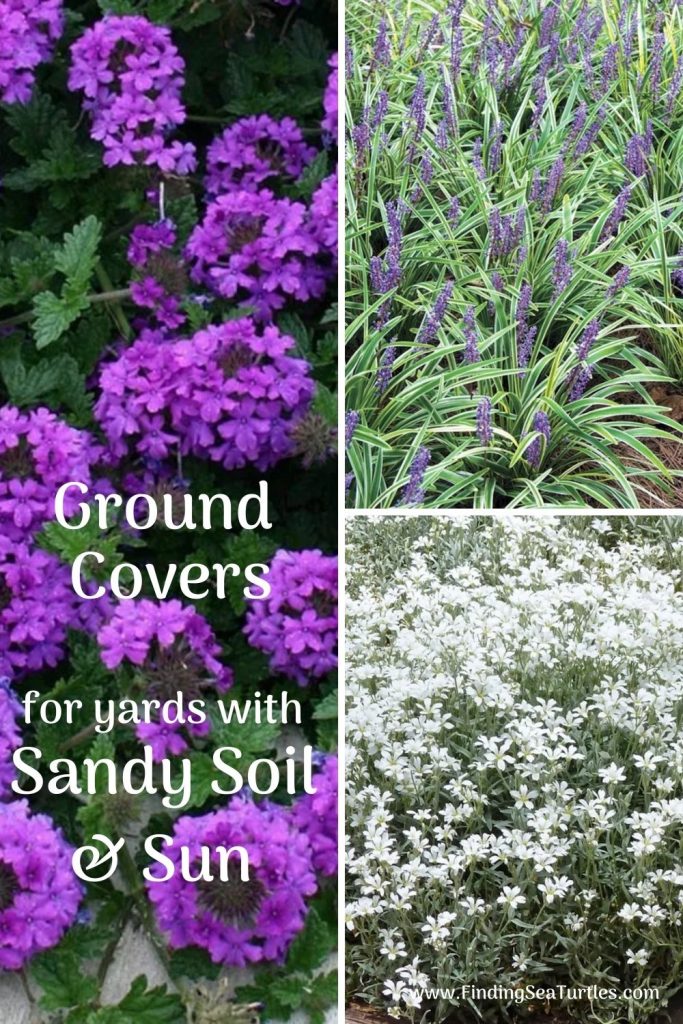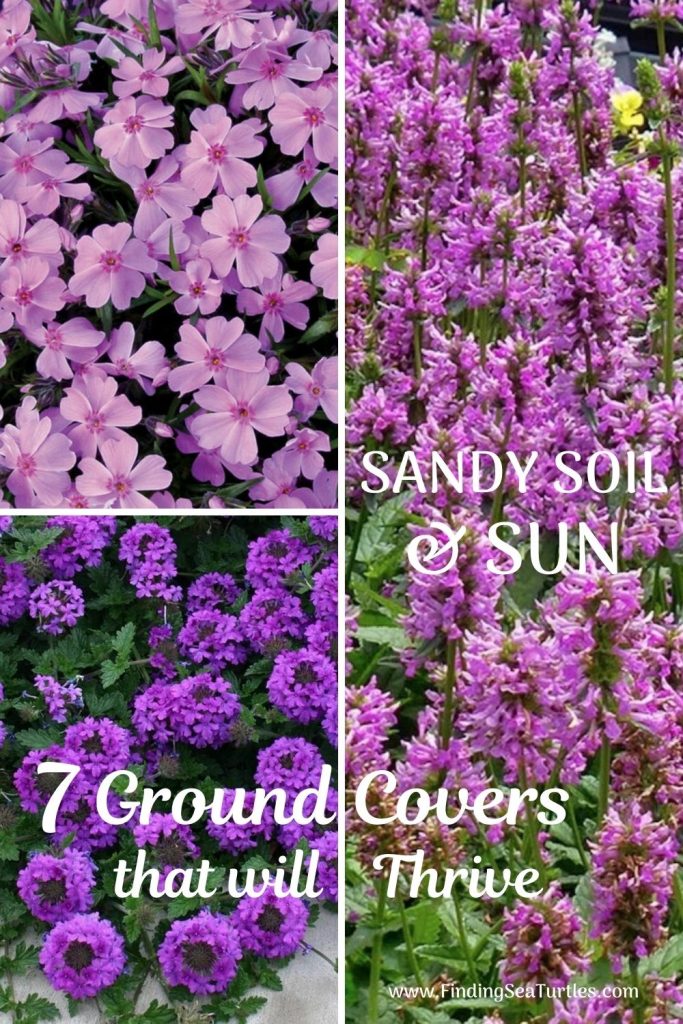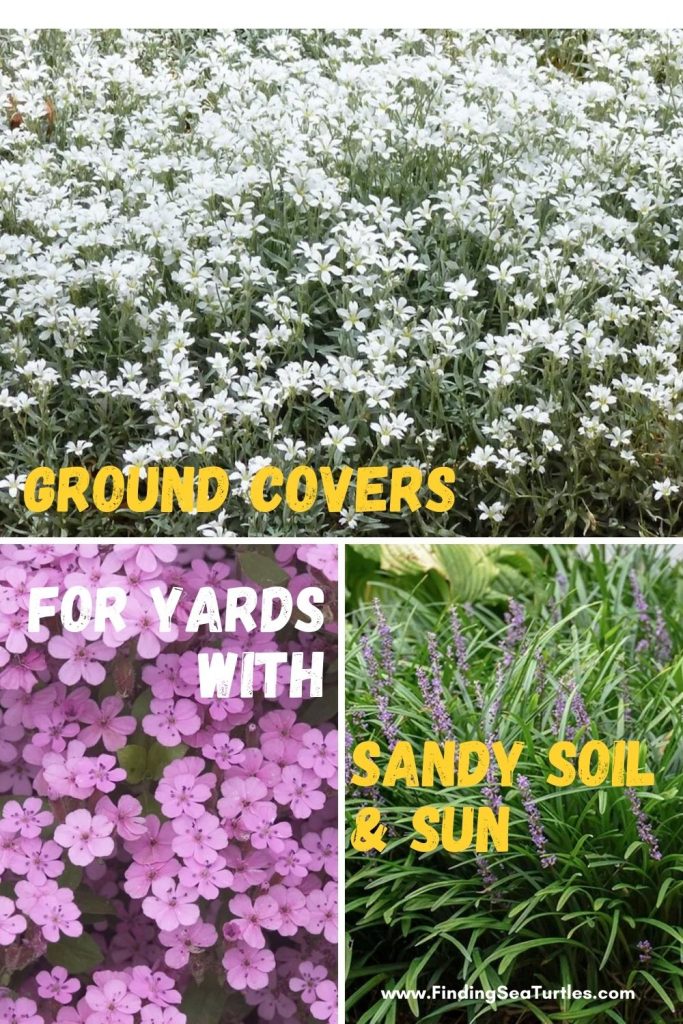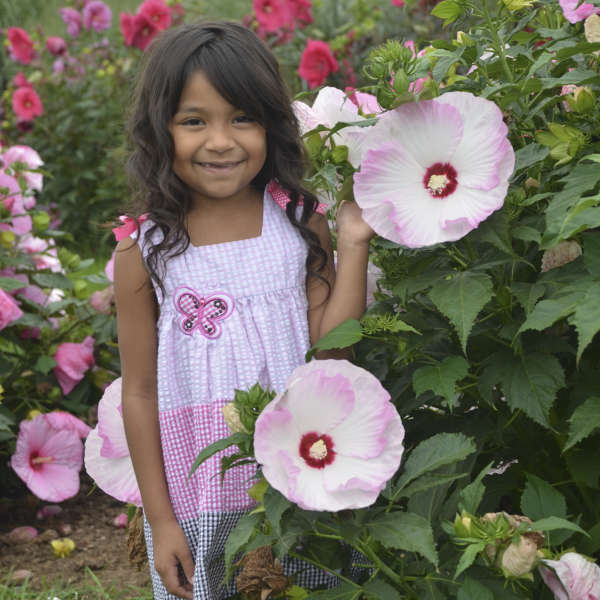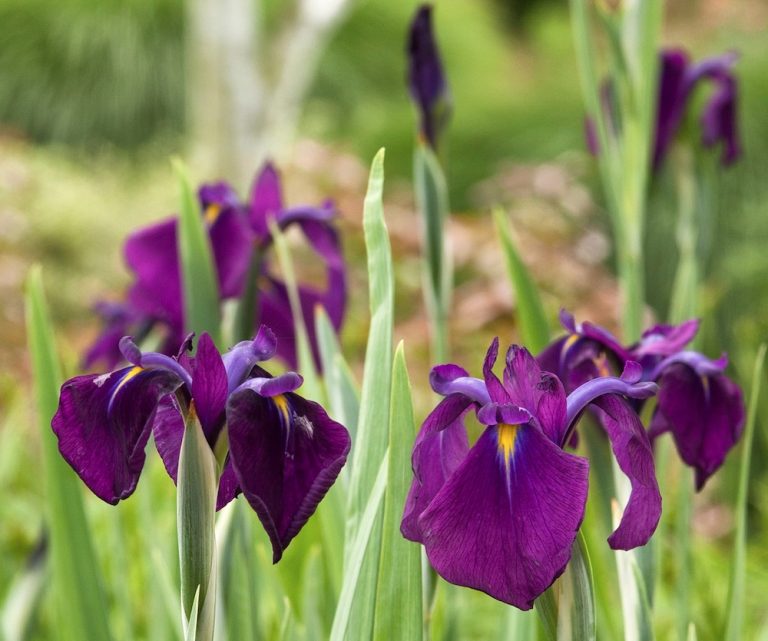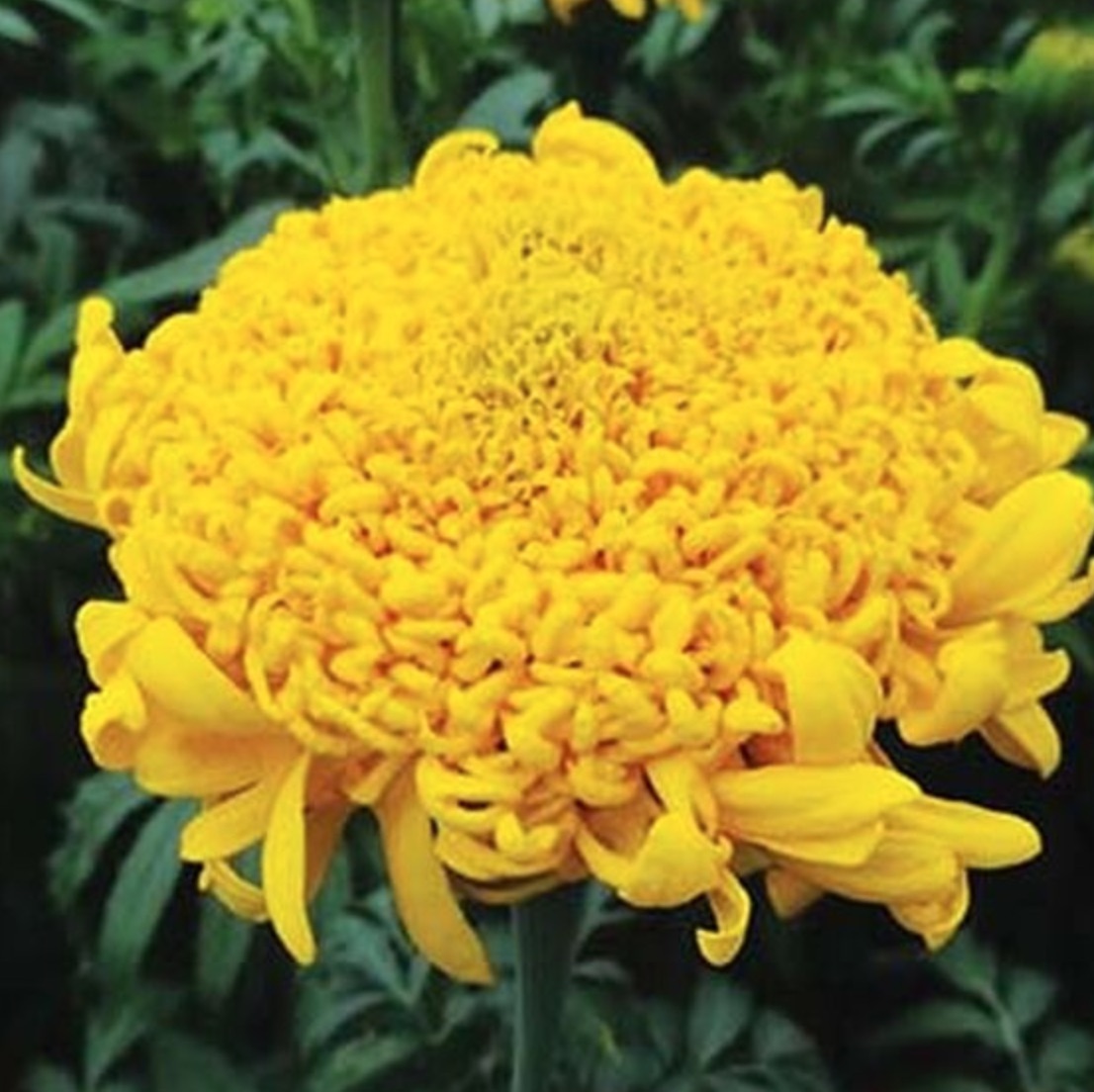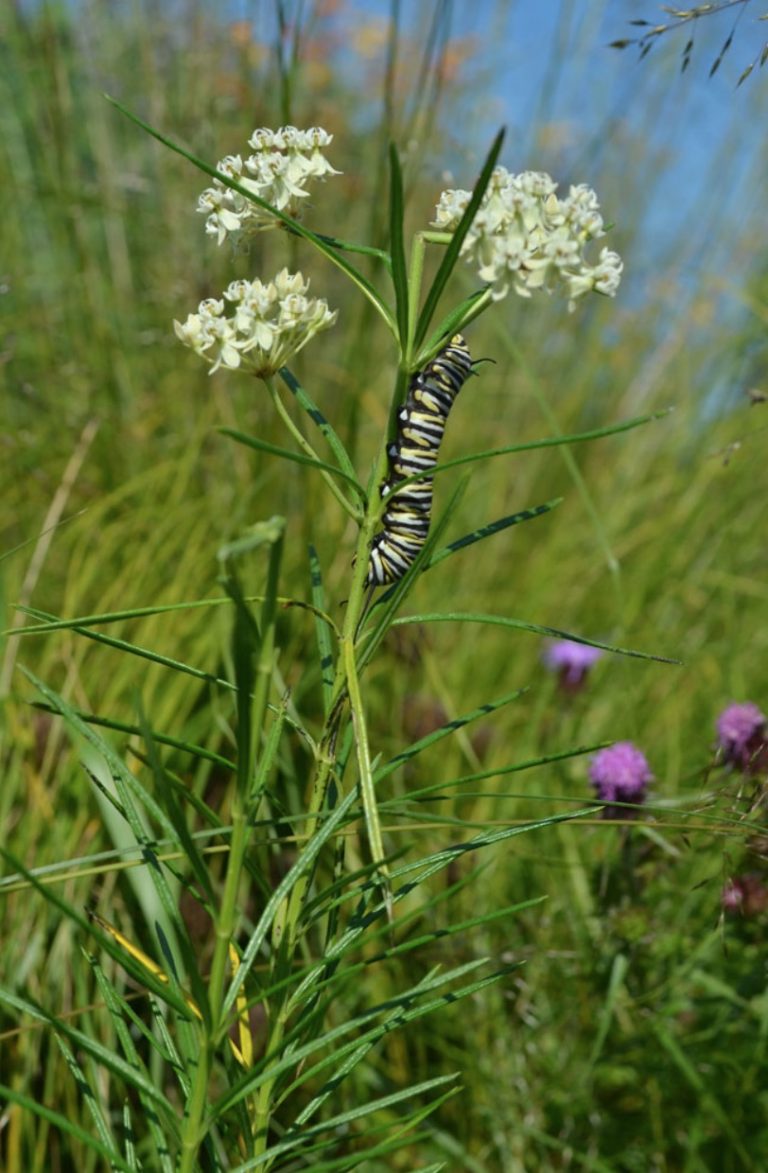Groundcovers that Grow in Sandy Soil and Sun
Groundcovers that grow in sandy soil and Sun. Sandy soil is unable to retain water or nutrients due to the coarseness of its particles. To remedy this, there are two options available to you. The first option is to amend the sandy soil by adding organic material to the existing sandy soil. By adding organic material or compost to the garden bed, the soil becomes loamy and richer in nutrients. With enough organic material added to a garden bed, the list of plants you can use has greatly expanded. Amending the soil so that it is acceptable to more plants other than those for sandy soil, can be done. Although, based on the size of the garden bed or yard area, it may be too time consuming and labor intensive to complete a soil amendment task.
Another option, the second one is to select ground covers that grow in sandy soil. Ground covers that not only grow but thrive in sandy soil gardens. If you are interested in using sandy soil tolerant ground covers then this post offers help in selecting ground covers that require Sun.
Today’s topic covers groundcovers that tolerate sandy soils in full Sun. If you are interested in sandy soil tolerant plants then see our previous post – Plants that grow in sandy soil and Sun.
Here is our list of groundcovers that thrive in the Sun and are sandy soil tolerant. Take a look and let us know what you think.
-
Snow-in-Summer – Groundcovers that grow in sandy soil and Sun
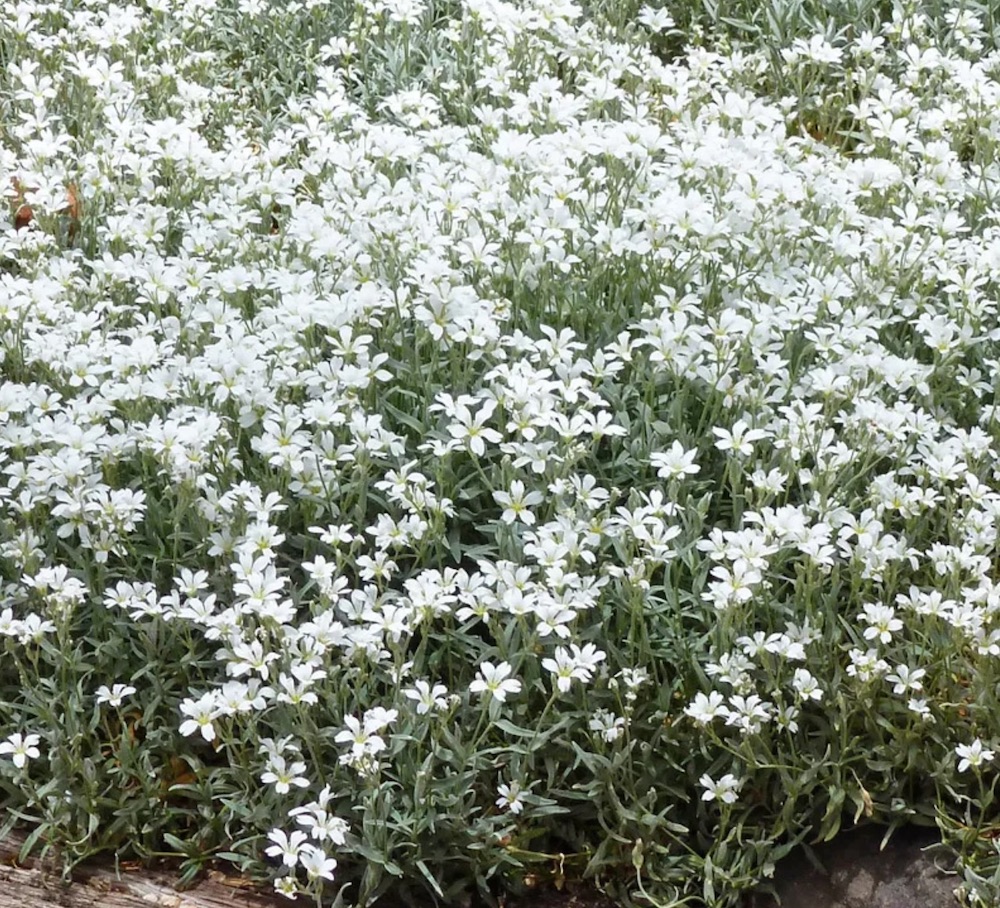
The Snow-in-Summer ground cover is also known as Cerastium. Discovered in Santa Fe by Horticulturist David Salman. This variety is considered a jumbo due to the large stems and leaves of the plant. A good choice for lawn areas with poor, sandy soil sites. Snow-in-Summer can be used as a lawn substitute.
- grows in zones 3 to 9
- full Sun
- reaches 4 to 6 inches high with a spread of 15 to 18 inches wide
- blooms in late Spring
- resistant to deer and rabbits
- plant in either sandy and low fertility soil conditions
- establish Snow-in-Summer in the garden, then it can tolerate drought conditions – Xeric plant
- use in a rock garden or as an Alpine garden
2. Dwarf Pink Lamb’s Ear
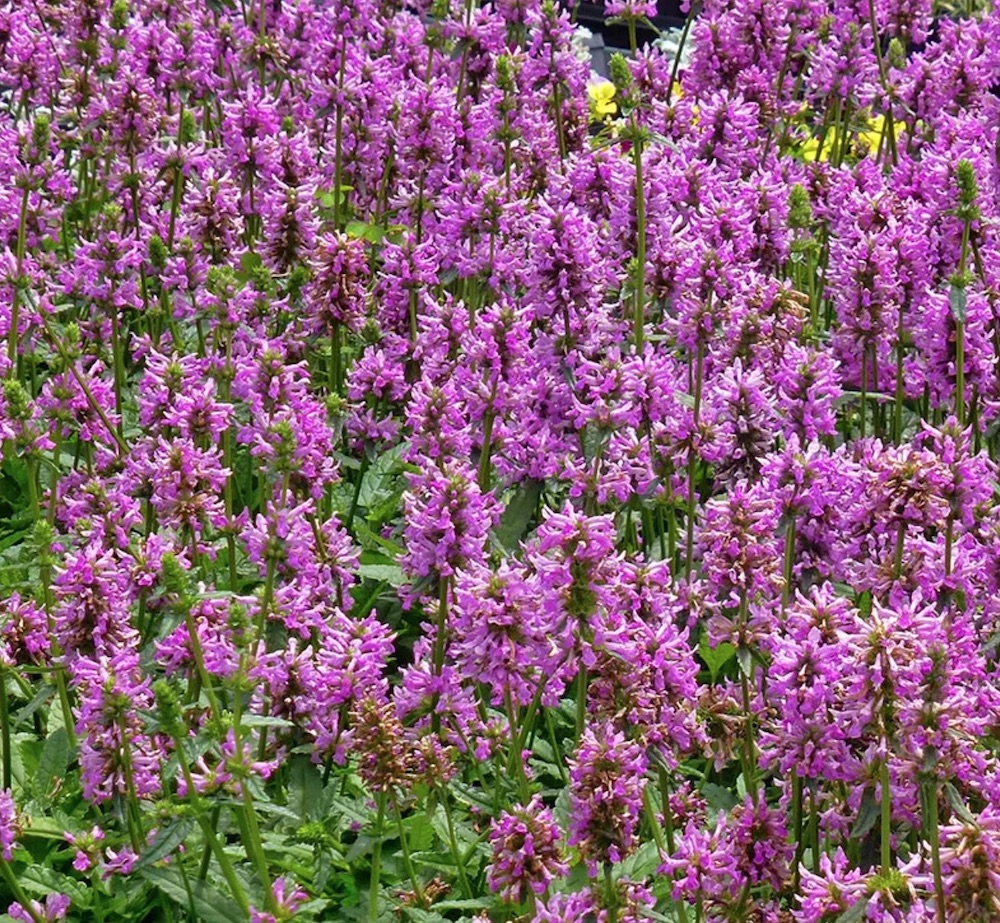
Dwarf Pink Lamb’s Ear is also known as Stachys maxima. A showy, low growing groundcover that grows forming a tight, weed-resistant carpet. As a result of this tight growth pattern, Lamb’s Ear is a good lawn replacement in semi-shade areas.
- grows in zones 4 to 9
- part shade and part Sun to full Sun
- reaches 6 inches tall spreading 12 to 15 inches wide
- pink flowers with bright green foliage
- blooms early Summer
- bee friendly
- resistant to deer and rabbits
- plant in sandy, clay, average, compost enriched garden loam, low fertility, drought dry, well-drained, and moist to wet soil conditions
- establish Dwarf Pink Lamb’s Ear in the garden, afterwards the groundcover will tolerate drought conditions – a water wise plant
3. Liriope Variegated
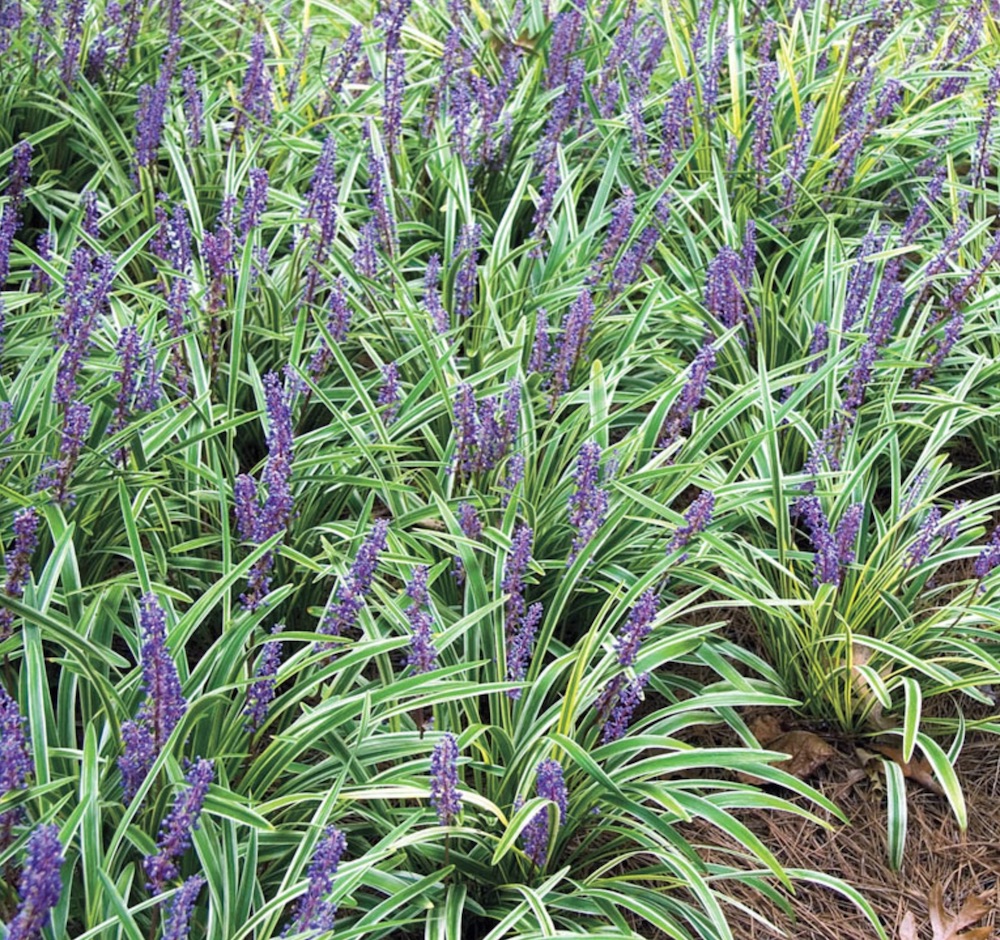
Liriope Variegated produces intricate purple blooms similar to grape hyacinths but much smaller in size. A versatile plant that can be used in several places in the garden. Liriope is a favorite of gardeners because of its tolerance to a variety of soil conditions as well as light requirements. Plant Liriope in well-draining soils such as dry and sandy soils. It will thrive in full shade to full Sun and every combination of part shade and Sun in between. Plant as a ground cover, garden path or bed, a rock garden or woodland garden,
- grows in zones 5 to 10
- blooms are tiny purple grape like clusters of 4 to 8 inches long
- foliage is variegated and grass-like blades with green and creamy white stripes
- somewhat resistant to deer
- plant in garden area of full shade to part shade and part Sun to full Sun
- reaches 8 to 18 inches tall with a spread of 12 to 18 inches wide
- blooms mid Summer to early Fall
4. Big Blue Liriope Grass – Groundcovers that grow in sandy soil and Sun
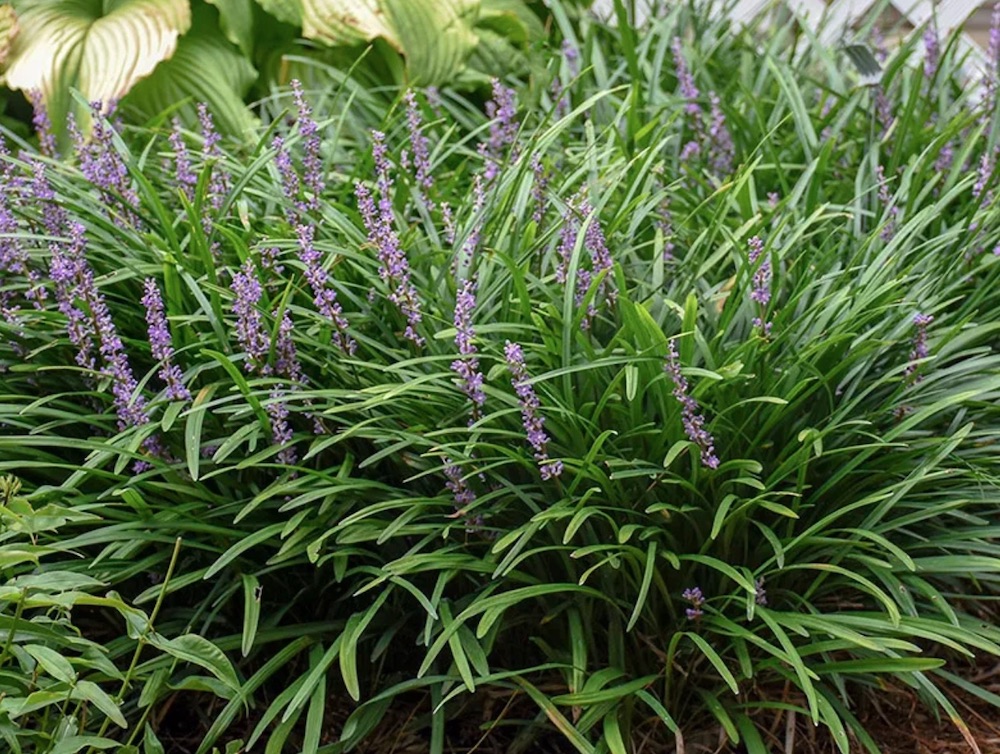
A low maintenance groundcover, Big Blue Liriope Grass is suited for the most challenging garden sites in the yard. Liriope Grass is also known as monkey grass, and lily turf. Frequently used as a grass substitute in low-traffic garden areas. Equally important to remember, is that Liriope is a solution for soil cover throughout the yard. It is especially helpful for problematic areas under trees or in deep shade garden areas.
- grows in zones 5 to 10
- full Shade to part shade and part Sun to full Sun
- at maturity, reaches 12 to 24 inches tall by 12 to 24 inches wide
- bears flowers that are blue-violet with deep green arching foliage followed by near black colored berries in the Fall season
- blooms from late Summer to early Fall
- plants are rabbit and deer-proof
- grows in clay, sandy, wet and dry sites conditions
- replace lawn with Liriope as an alternative to a grass lawn
- another key point, is Liriope helps maintain garden soil and aids in erosion control
- tolerates heat, humidity, and drought conditions once Big Blue is established in the garden
- grow in containers, rock gardens, and woodland gardens
5. Phlox subulata Ronsdorfer Beauty
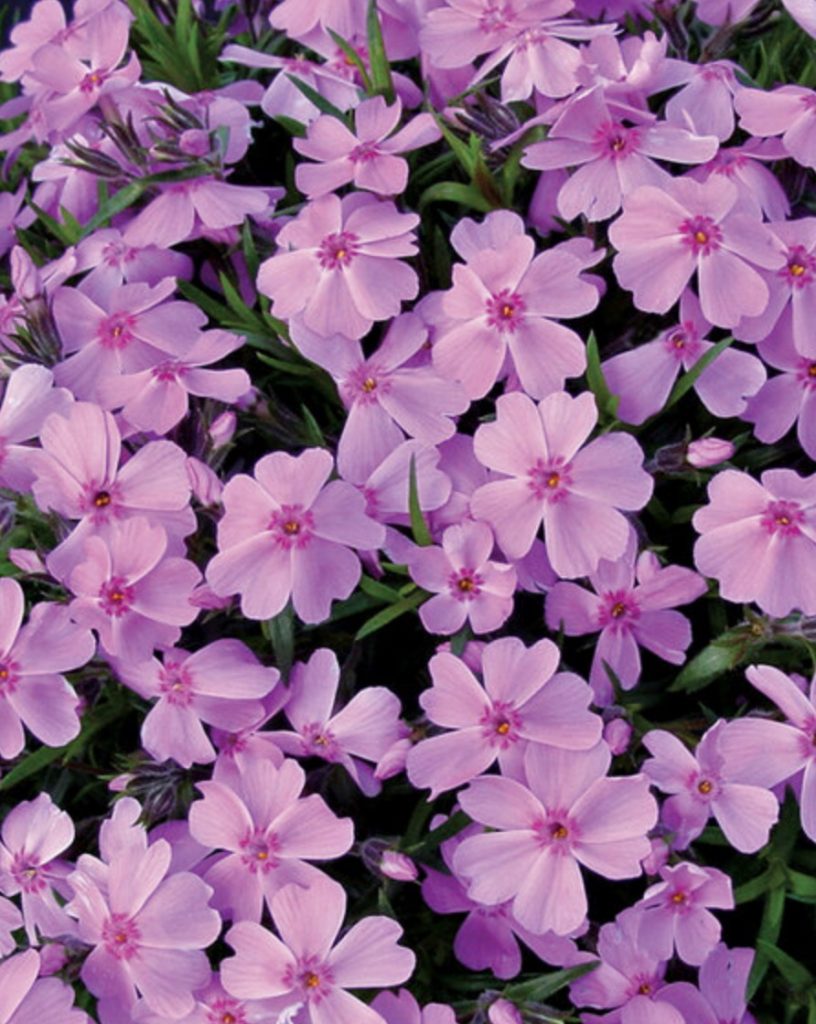
Frequently referred to as Creeping Phlox and Moss Pinks, the Phlox subulata Ronsdorfer Beauty provides a shot of bold color. Particularly suitable for a bank, rock garden, or edger along a garden border.
- grows in zones 3 to 9
- full Sun
- reaches 4 to 6 inches tall
- flowers are lavender rosy-pink with a sparkling dark magenta center eye blooms from mid to late Spring
- grows in normal and sandy soil conditions
- attracts butterflies
- resistant to deer and rabbit
- plant on a slope or bank
- plant in humid and hot dry site garden conditions
- tolerates drought garden conditions once the Phlox has been established
6. Saponaria ocymoides

Commonly known as Rock Soapwort Pink Soapwort, the Saponaria ocymoides can be used as a lawn substitute. In particular, the Soapwort is suited for areas with cold, shorter warm weather seasons. Similar to those in the Inter-mountain Western part of the US.
- grows in zones 3 to 8
- part shade and part Sun to full Sun
- reaches 4 to 5 inches high and 15 to 18 inches wide
- fragrant bright pink flower clusters
- blooms late Spring to early Summer
- bee friendly and attract butterflies
- resistant to deer
- Plant in containers, rock garden, or as an alpine plant
- tolerate occasional foot traffic
- tolerant of sandy, clay, and average soil conditions
7. Valley Lavender Plains Verbena – Groundcovers that grow in sandy soil and Sun

A Summer blooming groundcover, the Valley Lavender Plains Verbena is a water wise perennial. Performs at its best in poor soils with less water. Add this Verbena next to native ornamental prairie grasses as companion plants. Perfectly suitable to pair with grasses such as Little Bluestem Grass or Blonde Ambition Blue Grama Grass.
- native
- grows in zones 5 to 8
- full Sun
- reaches 3 to 6 inches tall with a spread of 12 to 18 inches wide
- fragrant purple flowers over compact green foliage
- blooms from late Spring to mid-Fall
- attract butterflies and native bees
- tolerates sandy, compost enriched garden loam, drought/dry, well-drained soil conditions
- establish Valley Lavender Plains Verbena in the ground, then it becomes drought tolerant
- suitable for the Southwest, Western, Pacific Northwest, and coastal California regions
This ends our post on groundcovers that grow in sandy soil and Sun. We hope you enjoyed our post. Tell us what you think. If you have sandy soil, have you had success growing certain groundcovers? We’d love to know about your success stories. If you enjoyed this post . . . .
Enjoy Our Other Gardening related posts, including:
Plants that Grow in Sandy Soil and Sun
Best Low Maintenance Lawn Alternatives
9 Fantastic Ways to Minimize Your Lawn Mowing
Weeping Pink Texas Yucca
Plants that Attract Hummingbirds
And if you have any questions, feel free to reach out to us. We always are ready to help you out. Thank you for dropping by.
Mary

